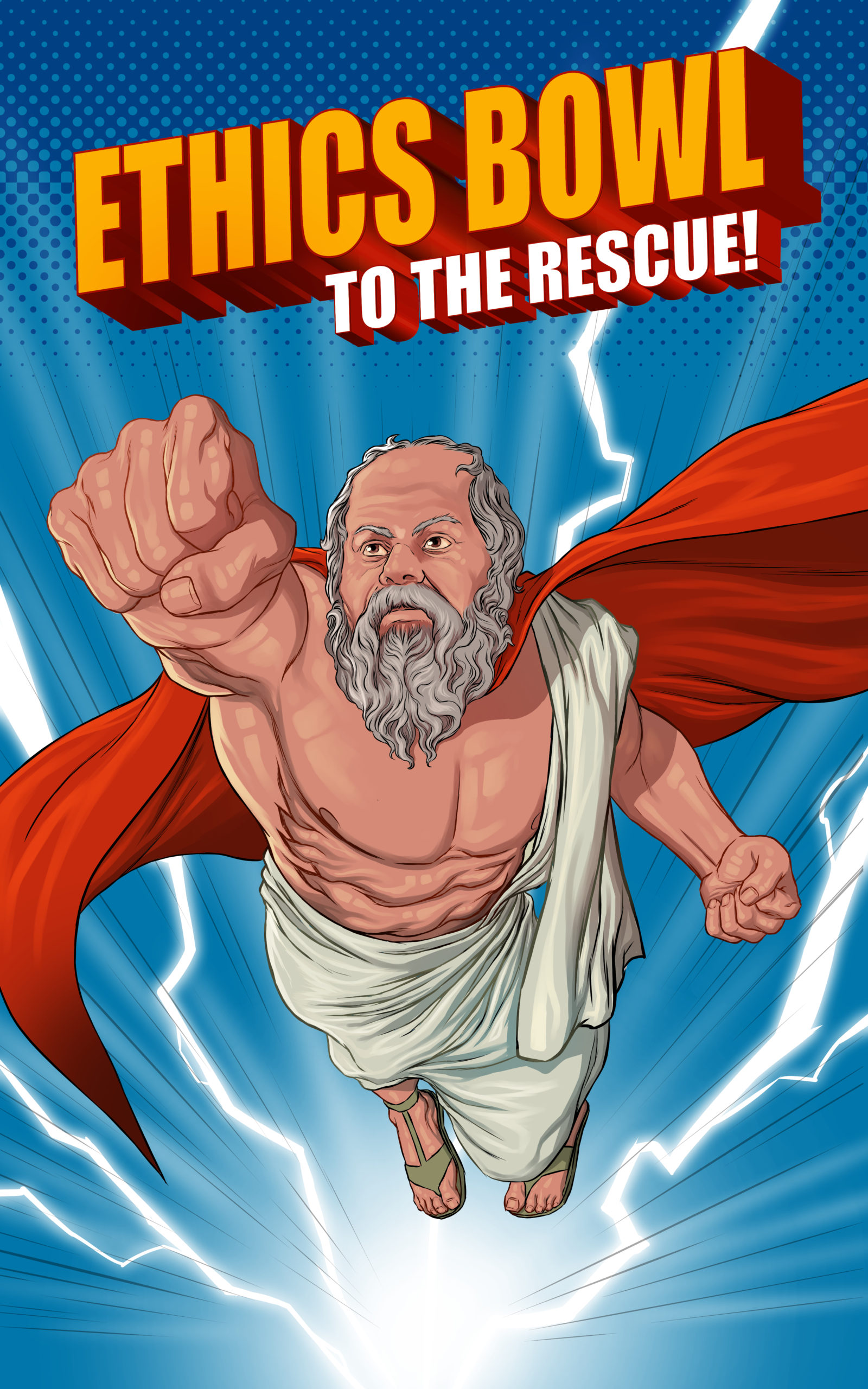One way to make it more manageable for your team is to develop a case summary matrix.
Customizing is allowed, but the basic idea is for each case to have a concise snapshot of:
- Basic details (who, what, when, where, why)
- Moral considerations (the key ones, from different directions)
- The team’s view (in a nutshell, how they evaluated the case – answered the key study questions)
Getting that much on paper will make case coverage more manageable. But for an even more robust and complete matrix consider adding:
- A possible objection (how someone might critique your team’s view)
- A reply to that objection
- Bonus points (anything relevant not included already, which may or may not arise during the judges’ Q&A portion)
If you’re a more heavy-handed coach, you can develop this matrix for your team. Or if, like me, you prefer to encourage your team to develop their own views, you can simply draw a blank table of the matrix on the board, fill in one or two as examples, and ask particular students fill in the rest.
This is a good way to get a team on the same page when the bowl is looming. But could also be used early in the season, and then revised as your bowl prep sessions play out.
Here’s a partially completed example that you’re welcome to download and edit, which I used with my own ethics bowl team during the 2017-2018 season. Enjoy!

